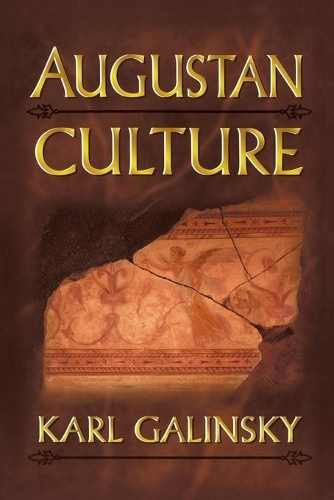
Augustan Culture: An Interpretive Introduction
(Paperback)
Publishing Details
Augustan Culture: An Interpretive Introduction
By (Author) Karl Galinsky
Princeton University Press
Princeton University Press
27th April 1998
United States
Classifications
Professional and Scholarly
Non Fiction
Ancient history
Cultural studies
History of art
306.0937
Physical Properties
Paperback
488
Width 156mm, Height 235mm
652g
Description
Grand political accomplishment and artistic productivity were the hallmarks of Augustus Caesar's reign (31 B.C. to A.D. 14), which has served as a powerful model of achievement for societies throughout Western history. Although much research has been done on individual facets of Augustan culture, Karl Galinsky's book presents a unified overview, one that brings together political and social history, art, literature, architecture, and religion. Weaving analysis and narrative throughout an illustrated text, Galinsky provides an account of the major ideas of the age, and offers an interpretation of the creative tensions and contradictions that made for its vitality and influence. Galinsky draws on source material ranging from coins and inscriptions to the major works of poetry and art, and challenges the schematic concepts and dichotomies that have commonly been applied to Augustan culture. He demonstrates that this culture was neither monolithic nor the mere result of one man's will. Instead it was a nuanced process of evolution and experimentation.
Reviews
"A thought provoking study that complements and integrates the fruits of many significant studies on individual elements of this major international ancient culture."--Choice
Author Bio
Karl Galinsky is the Floyd Cailloux Centennial Professor of Classics at the University of Texas at Austin. He is the author of many books including Classical and Modern Interactions: Postmodern Architecture, Multiculturalism, Decline, and Other Issues; Ovid's Metamorphoses; and Aeneas, Sicily, and Rome (Princeton).
